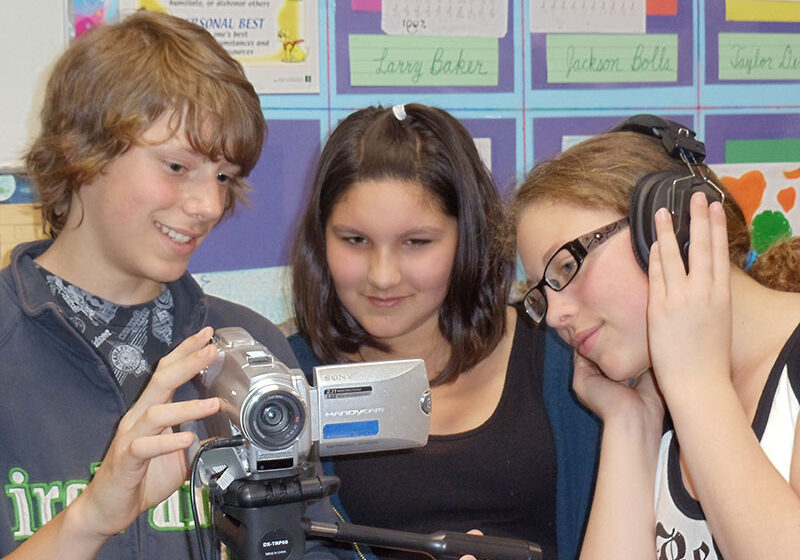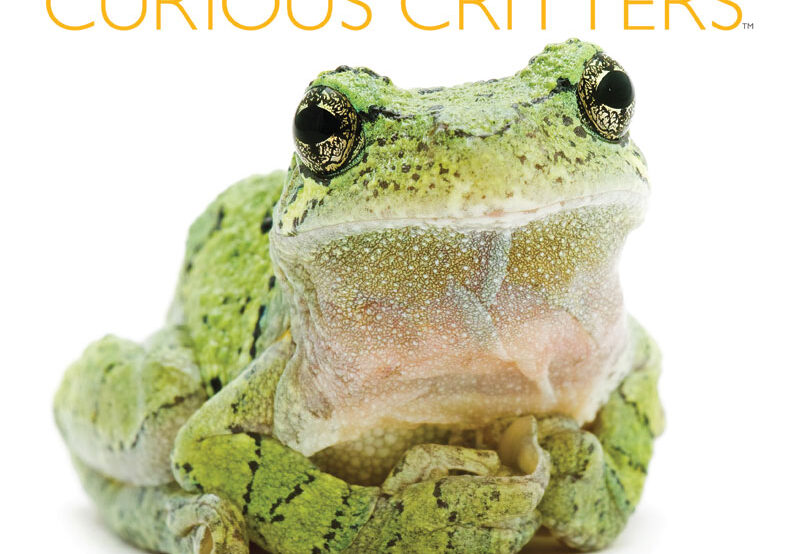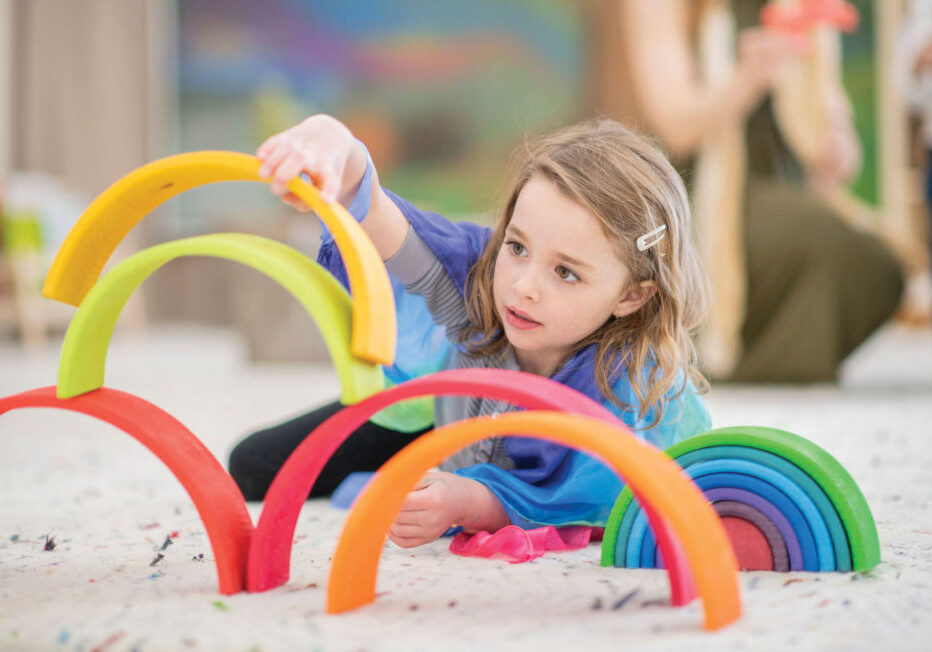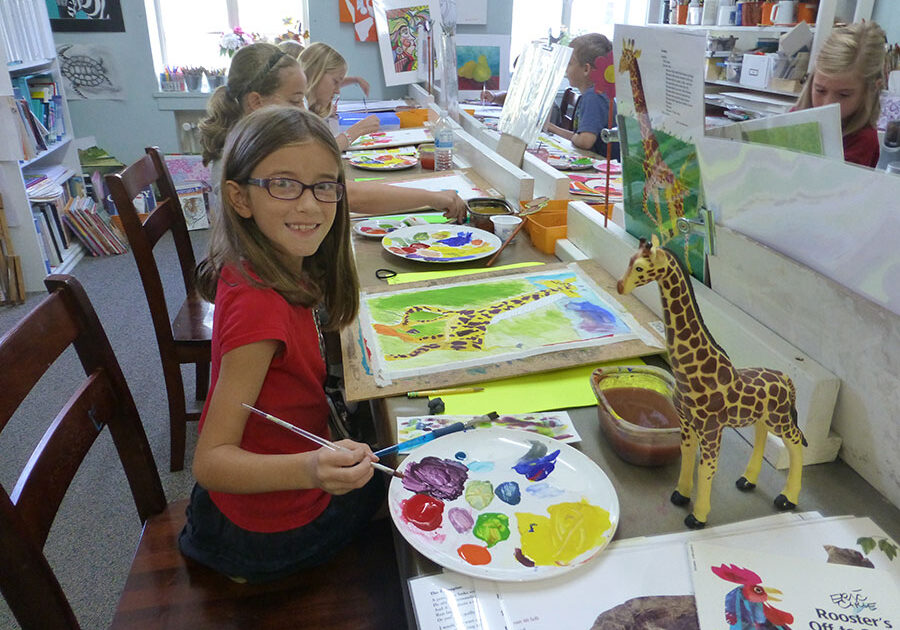With so many hours devoted to online school, maybe it’s time for some fun and free, writing games. I think of these as “gummy vitamins” of learning to write. Under the sweet guise of humor, they get kids writing copiously and quickly, and they help kids feel the power of written language. Never underestimate the educational strength of humor. After all, what’s a more powerful incentive to write than getting someone to laugh? Get your kids off screens, laughing and writing with these simple and free games. All you need is paper, pencils and maybe a couple of hats.
Exquisite Corpse
So named by the Surrealists a hundred years ago, this simple game has long literary roots. Everyone needs a piece of paper. At the top, write a title, then pass it to the person on your left. They write the first line of the story (or poem!) that would correspond to that title, then they fold the paper over what you wrote so no one can see it, and pass it to the next person. That person adds the next line of the story, folds over what the person before them wrote, and passes it on. Proceed in the same manner until the paper is full. Then unfold it and read the crazy story you’ve created.
Pro tips: Always pass the paper showing only what you wrote, and make sure everyone writes at least a phrase. Make sure everyone writes more than just one word — give the next person something to work with.
In this and other pass-the-paper games, it can help to have more papers than people if you’re playing with a small group. This keeps people from tracking which story they are adding to, resulting in even crazier tales. Slower writers can always pass a paper on without writing on it if they are backed up.
The List Game
Riffing off the structure of Exquisite Corpse, the List Game also plays with how we categorize things. This game works best with a slightly whimsical or contrary crowd. Everyone takes a piece of paper and writes a list title at the top, such as Groceries, or Things in My Pockets or Why the Seahawks Rock. Whatever works for your crowd is fine. Pass the paper with the title to the left. The next person writes something that could be on that list. Milk, for instance, if the list is themed to groceries. Then they fold over the title, and pass to the next person, who looks at that item (milk), tries to guess what list it belongs to (e.g., attributes of mammals), and adds another item that could be on that list (say, live birth). Then they pass the list to the next person, who looks at that new item (live birth), again thinks of a corresponding category (e.g., loud things), and adds something else (garbage trucks?) Don’t be boring! When the paper is full, open it up and read: Groceries — milk, live birth, garbage trucks…
DIY Mad Libs
This game is a great way to work on parts of speech — talk about sneaking in some educational nutrition! DIY Mad Libs work just like regular ones, except instead of buying them, you write your own. Write a short, simple story (less than a page) on lined paper, skipping every other line. True stories or summaries of famous stories are fun, too. Erase some words, replacing them with an underline. Below that, write the kind of word the erased word was (verb, adjective, number, name, etc.). Then find a friend and have them give you another word of the same kind to fill in your blanks. Read the new, crazy story!
Magic Eight Hats
Like a Magic 8-Ball, this game has all the answers to your questions. Make a bunch of small slips of paper. On half, everyone writes questions and put them in one hat. On the other half, write answers (not necessarily to any particular question) and put them into the other hat. Then have people pull a question and read it, then pull an answer and read that. Read solemnly as the secrets of life are revealed.
Cat to Dog
This spelling and word-pattern game is a great solo activity or can be played in pairs, with each person trying to solve challenges given by the other person. The point is to think of two words with an equal number of letters (three is easy, four a good challenge, five sometimes too hard), and turn one word into the other word in as few steps as possible. In each step, you make a new word by changing one letter. Each change must make a real word, and you can’t switch the order of letters. So, for instance, to change CAT to DOG, you could do CAT > COT > DOT > DOG. Try to think of challenging pairs. Can you find an impossible one?
Posted in: Education
Comment Policy: All viewpoints are welcome, but comments should remain relevant. Personal attacks, profanity, and aggressive behavior are not allowed. No spam, advertising, or promoting of products/services. Please, only use your real name and limit the amount of links submitted in your comment.
You Might Also Like...

Dual Language Learning in the North State
Because English is the common language throughout most of the US, becoming fluent in another language may seem superfluous. However, according to Data USA, approximately 45% of Californians speak a […]

A Tiny School With A Big Voice
Located 47 miles north of Redding, Castle Rock Elementary is a small rural school nestled in the mountain community of Castella. Established in 1887, its tranquil setting and family-like atmosphere […]

Curious Critters – Leaping, Flying, And Coming Your Way!
Reading a book with your child not only fosters literacy, but it also creates family memories that are treasured well into adulthood. We at North State Parent magazine are pleased […]

What to Know if You’re Choosing Between Montessori and Waldorf Schools for Your Child
If you’re considering a Waldorf or Montessori school, there’s a good chance you believe children thrive when they have control over their learning environment. You probably also believe your child’s […]

Art! It’s Fun & Fundamental – Three North State Studios Offer Arts Classes for Healthier, Happier People.
Many people appreciate the enjoyment received from creating art, but probably few understand its benefits to health and happiness. Making art teaches appropriate ways to problem solve and deal with […]



